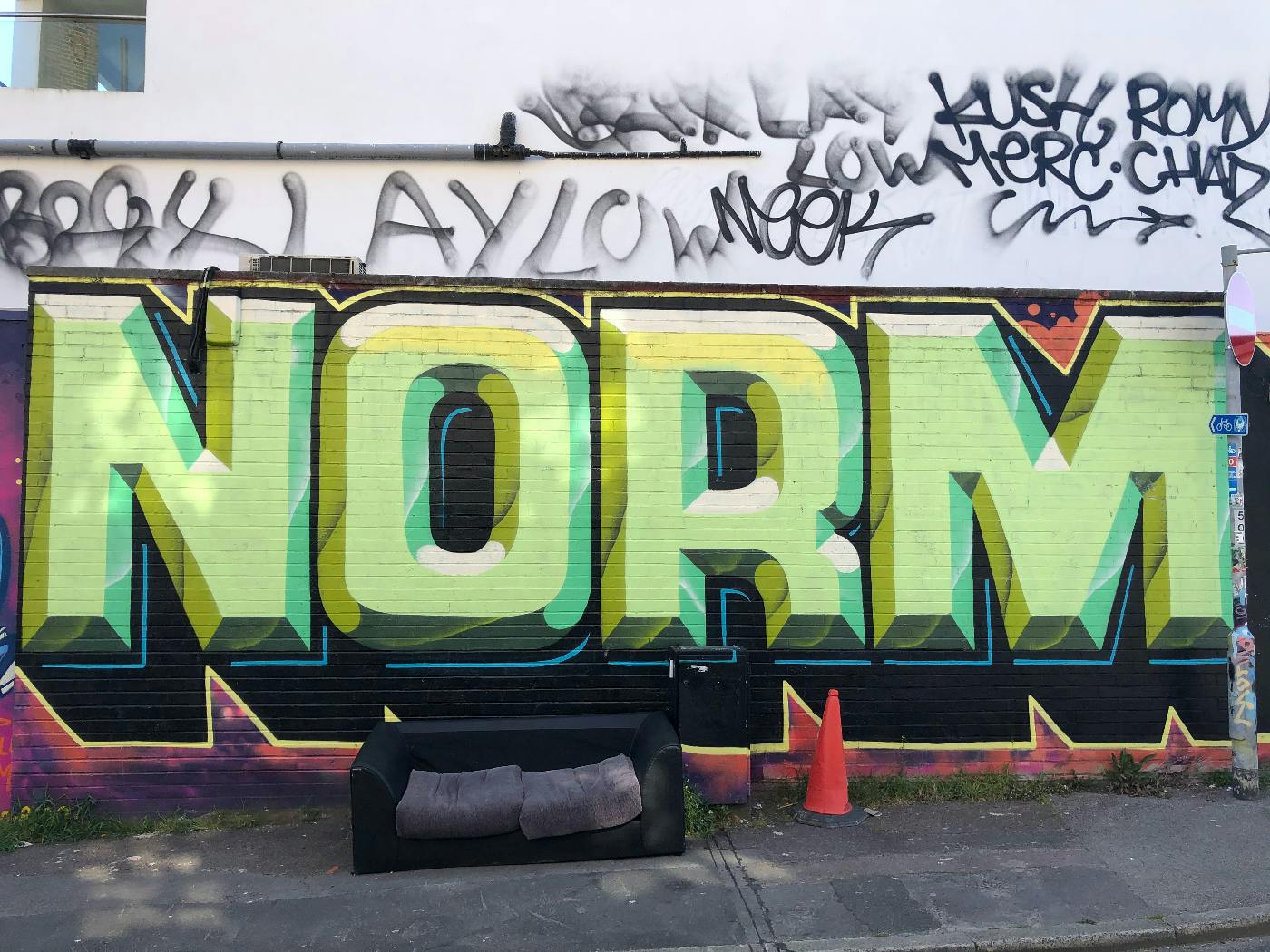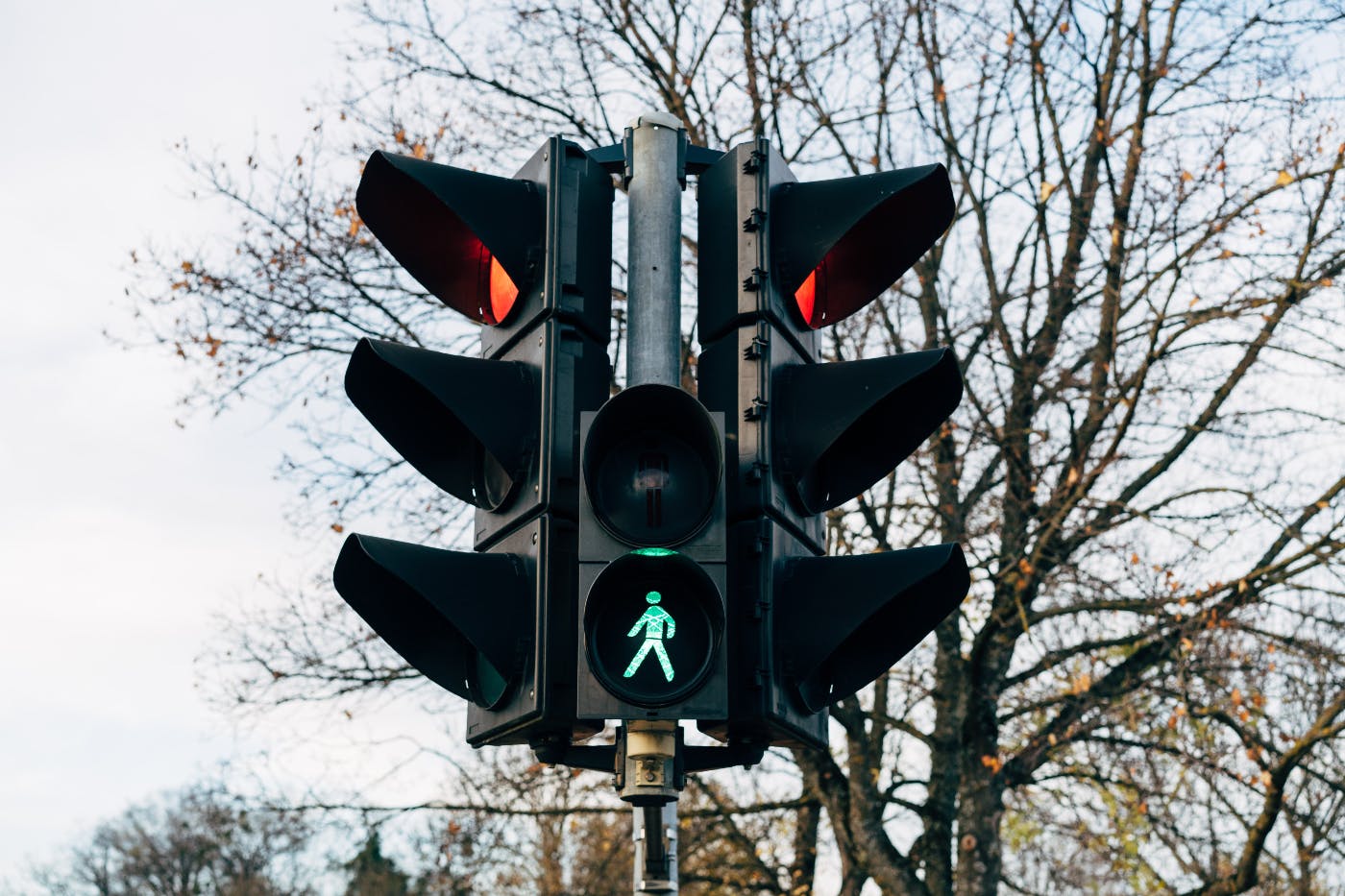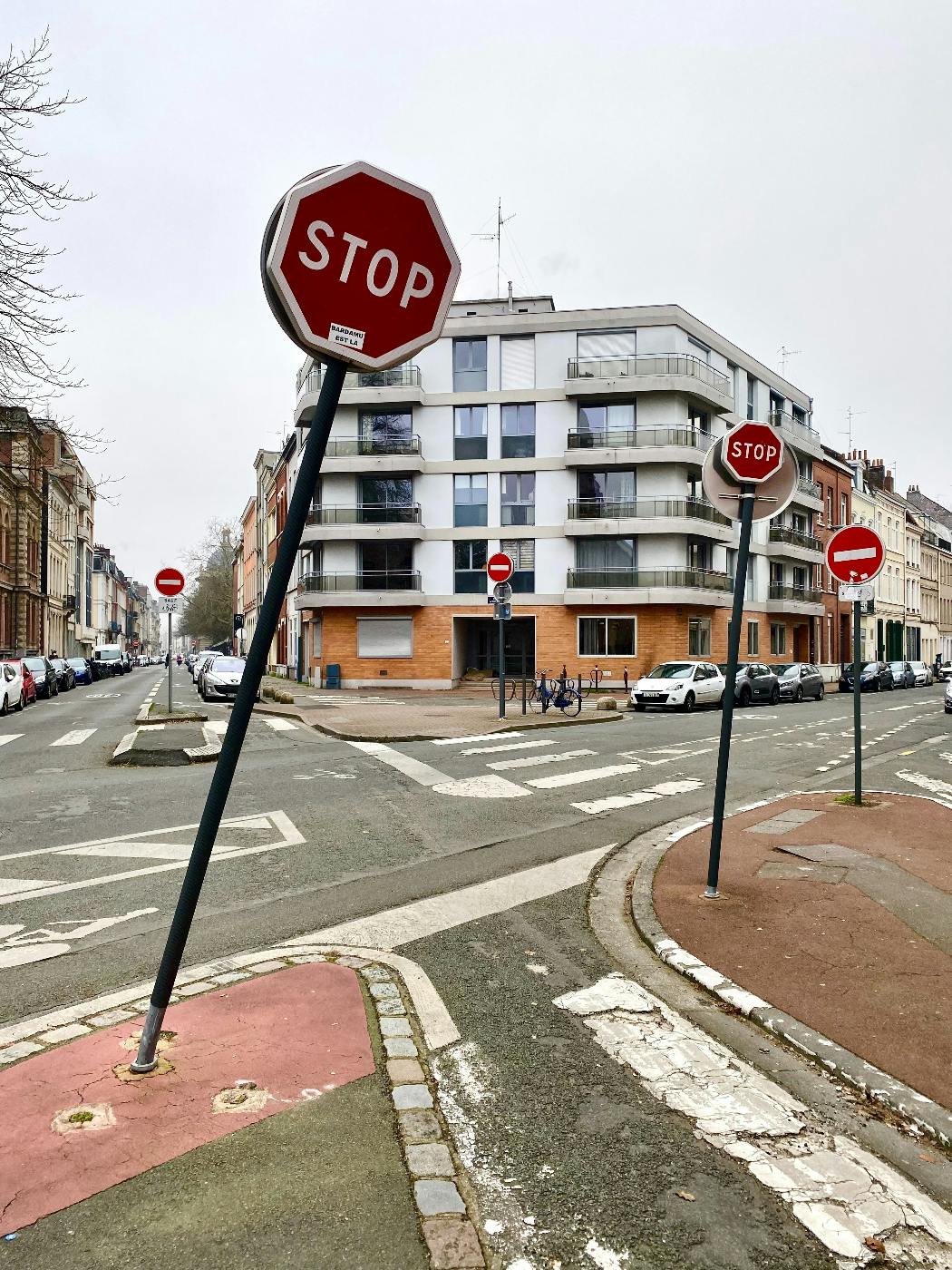
Getting in trouble or breaking the rules should never be something your creative team worries about.
One of the worst things you can hear from your creative team, be that designers, writers, animators, or illustrators, is the phrase, “I don’t want to get in trouble.”
This is a red flag for a few reasons; first, it indicates that management is difficult, demanding, and unforgiving. Second, it shows that your creative team isn’t exercising its full potential due to fear.
Despite the humiliation, remembered from school days when someone was called to the teacher’s desk or the principal’s office, and they were met with a sing-song chant of “You’re in trouble,” getting in trouble as a creative is a good thing.
In this article, we’ll look at why getting into trouble is good for your creative team and why, as a manager, you should allow your creatives to get in trouble as often as possible.
Getting In Trouble
Usually, when you get in trouble, what does that mean? It means that you’ve broken a rule of some sort. When we break rules, we get punished, right? Yes, that stands true for the law, and those laws are great; they keep us from murdering people, punish people who run Ponzi schemes, and put those who continue to break laws behind bars. So, all good there.
But what about creatives breaking the rules? Do they deserve to be punished? Not necessarily. When a creative breaks the rules, what usually happens is something unique and revolutionary. The rules they break are not usually laws but precedents set by creatives long ago. At the time, those rules worked and helped move things forward. But time changes, and what creatives need is the will and the encouragement to break the old rules, move past old norms, and discover what is going on here and now.
Getting in trouble or breaking the rules should never be something your creative team worries about. And it’s something that you, as a manager of creatives, need to come to terms with if you want your creative team to function at the top of their game.
Punishing Creatives
If you sit a member of your creative team down to discuss a current project and you say, well, this isn’t the way it’s always been done, and their response isn’t, “So what?” You have a problem with your creative team.
If you’re a creative and your manager says, “Hey, this work isn’t the way we always do this,” and you respond, “So, what?” and your manager says something to the effect of “Well, change it to the way we always do it,” you need to leave that job. You’ll never grow in your creativity, you’ll never push boundaries, and you’ll never feel fulfilled. On top of that, if your manager doesn’t get this, then they don’t want you to grow and get better; they want you to stick to the rules and crank out safe, predictable, and, frankly, dull work.
As a creative, if you’re inspired and you see beyond doing things the same way all the time, the last thing you should be or need to be worried about is getting in trouble.
Breaking Norms

The truth about creativity is it’s often associated with breaking norms, challenging conventions, and pushing boundaries. It thrives in an environment that encourages experimentation and dares to venture into uncharted territories.
While getting in trouble is typically seen as negative, there is a compelling argument to be made that it can actually be beneficial for creatives. Let’s explore deeper the paradoxical relationship between getting in trouble and creativity and how embracing a certain level of discomfort and risk can enhance the creative process.
Breaking the Chains of Conformity
Creatives thrive on originality and individuality. They seek to express themselves in unique ways, often challenging established norms and conventions. Getting in trouble can be a catalyst for breaking free from societal expectations and allowing one's creativity to flourish. When faced with adversity, creatives are pushed to question the status quo, explore alternative paths, and generate fresh ideas that may have otherwise remained dormant.
Fueling Passion and Intensity
Trouble often arises from passionate pursuits driven by a burning desire to create something extraordinary. The intensity of emotions that comes with being in trouble can serve as a powerful source of inspiration for creatives. It can channel their energy, focus their attention, and motivate them to transcend limitations. The experience of being in trouble can ignite a fire within, leading to a more profound connection with their work and a heightened sense of purpose.
Nurturing Resilience and Adaptability
Creativity requires resilience and adaptability, as the creative process is filled with uncertainties, setbacks, and failures. When creatives find themselves in trouble, they are forced to confront challenges head-on and develop the necessary resilience to overcome them. This resilience can be transformative, instilling a sense of determination and perseverance that strengthens their creative muscles. Creatives who have experienced trouble develop the ability to adapt to adverse situations, finding innovative solutions and discovering new perspectives along the way.
Encouraging Risk-Taking and Experimentation
Getting in trouble often arises from taking risks and venturing into uncharted territories. Creatives who are willing to embrace trouble are more likely to engage in bold experimentation, pushing boundaries and testing the limits of their creativity. Stepping outside of the comfort zone is a crucial aspect of the creative process, as it encourages fresh insights and breakthrough ideas. The consequences of getting in trouble serve as valuable lessons that inform future endeavors and refine creative approaches.
Fostering Authenticity and Uniqueness
Authenticity is a vital ingredient in any creative endeavor. Getting in trouble can act as a wake-up call, reminding creatives of the importance of staying true to themselves and their artistic vision. When faced with criticism or backlash, creatives are challenged to evaluate their work, motivations, and values. This introspection can lead to a deeper understanding of their unique voice and a commitment to producing work that is genuine and true to their artistic essence.
Opportunity for Growth
Trouble can be a catalyst for growth and personal transformation. Facing consequences and learning from mistakes is an integral part of the creative journey. Creatives who embrace trouble as an opportunity for growth can emerge stronger, more self-aware, and better equipped to face future challenges. Each encounter with trouble becomes a stepping stone towards personal and artistic evolution, enabling them to refine their skills, deepen their insights, and reach new heights of creativity.
Moreover, trouble stirs up emotions and passion within creatives, creating a wellspring of inspiration and motivation. The intensity that arises from difficult situations fuels a burning desire to prove oneself and overcome obstacles. It ignites a fire that propels creatives to pour their hearts and souls into their work, resulting in a raw and authentic expression of their ideas.
Giving Permission

When you’re managing the creative at work, it’s important that you not pay lip service to their process and their freedom to fail. You have to support them and encourage them to take risks, and help them understand that you know trial and error are part of the creative process.
This may be difficult for non-creatives or managers who have deadlines to be met, but ensuring your creative team feels free to fail means they will feel free to reach far beyond the box and dig deeper. When your creative team knows that no matter what, within reason, mind you, they will be supported, then they will produce such incredible work you’ll be amazed.
Testing
It is in the nature of creatives to test. If you say to them, whatever you bring is going to be great, the creative will test that. Now this can be unconscious in a way, but a creative will then give you something that isn’t an expression of the top of their game. If that is accepted, as was promised, the creative will test again. Once they are sure you’re being true, that you’re supporting them no matter what, then they will feel safer, and they will be more vulnerable and risk more. Once they feel that you mean what you say, as a manager, they will then show you the deep stuff, the real stuff.
This isn’t a case of the creative being petulant or “artsy”; it's self-preservation. The creative wants to give you material that is outside the box, but that way out of box stuff is risky, and they are hesitant about giving that away if it’s not going to be looked at seriously and truly considered despite its out-of-the-boxness.
If the creative feels that the work will be dismissed out of hand because it’s not the way we usually do it, they will hold the real stuff, the great stuff, in reserve. Though risk is part of the creative process, the creative person has an uneasy relationship with risk and will naturally try to protect themselves and their work from perceived harm.
Let them test you, trust that they have the goods, and support them, and you will have good harmony with your creative teams.
Summing Up
While getting in trouble may initially seem counterproductive or detrimental, it can be a powerful force that drives the creative process forward. By breaking the chains of conformity, fueling passion and intensity, nurturing resilience and adaptability, encouraging risk-taking and experimentation, fostering authenticity and uniqueness, and inspiring growth and transformation, trouble becomes a valuable ally for creatives on their journey toward innovation and self-expression.
When individuals find themselves in trouble, whether it be through pushing boundaries, challenging norms, or confronting obstacles, they are forced to think outside the box and explore unconventional solutions. The discomfort and uncertainty that trouble brings can ignite a sense of urgency and determination, propelling creatives to dig deeper, think more critically, and seek alternative paths. It acts as a catalyst for change, shaking up stagnant routines and pushing individuals out of their comfort zones. Stay supportive, and all this will be yours.
It may be useful to talk to a creative agency and get some tips or advice. At ThoughtLab, they know the rules and have learned and perfected how to design world-class websites. But more than that, they know how and when to break those rules, which allows them to take brands higher and allows companies to see further into their future. Set up a chat with them today.

